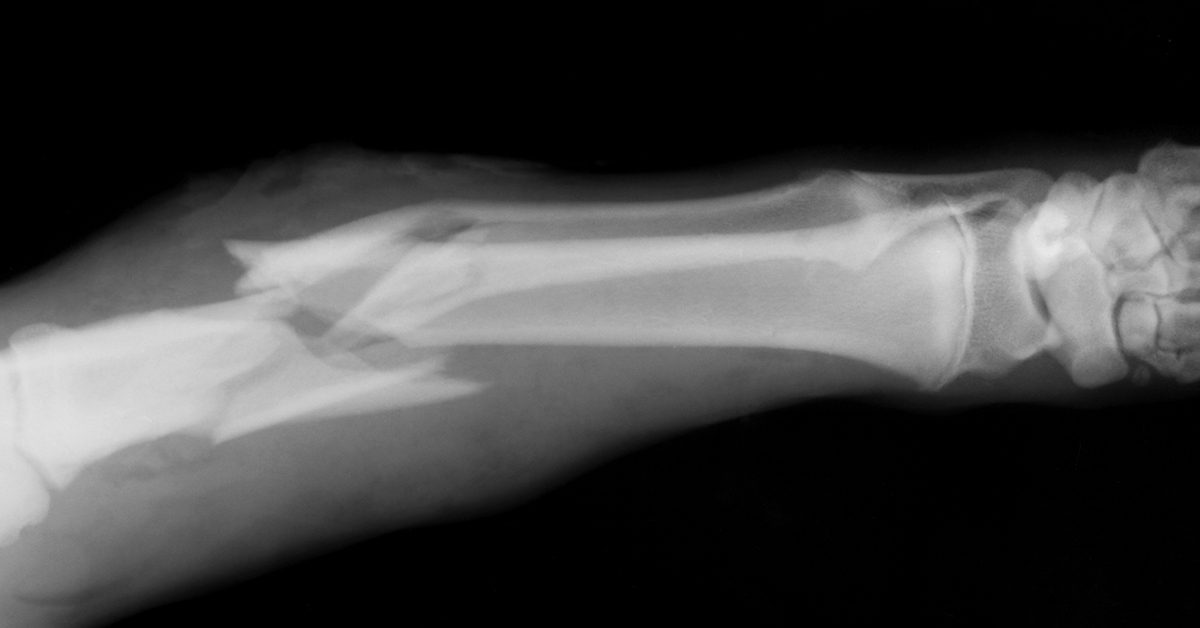Signs that You Have Broken a Bone

Sprains are very common, but sometimes it’s hard to know if your bone is broken if it’s something less severe. In the United States alone, about 6 million fractures occur every year, and about half of these incidents happen at home. Each year, there are approximately 3 million visits to the emergency room for broken bones.
Having a broken bone may not be life-threatening, but it can be a cause of lifetime complications.
What is a broken bone?
A bone fracture or a broken bone is a medical condition that occurs when the bone’s continuity is obstructed. It is common in the upper limbs like elbows, arms, fingers, wrists, and also at the lower limbs, which includes the knees, legs, feet, and ankles.
Broken bones happen due to stress or a high force impact. A break or fracture can occur as a result of some medical conditions that weaken the bones, such as some cancers or osteoporosis.
How can you tell if a bone is broken? There are three most common signs of a broken bone:
- Swelling
- Pain
- Deformity
It can be hard to tell whether the bone has been fractured if it is not out of its normal position. If you have broken a bone, you may experience the following:
- There may be tenderness, bruising, as well as swelling around
the area. - As the injury happens, you might hear a grinding noise or a
snap. - You may feel pain when you touch the injury, put pressure on
it, or move it. - You may feel dizzy, faint, or sick as a result of the shock.
- The area may appear deformed. There may be severe instances
when the broken bone may poke through the skin.
There are some instances wherein the break is minor that a person might not realize that they have broken a bone or feel much pain. If you suspect that you have broken a bone, it’s best to get medical help from your Cibolo ER as soon as possible.
Call 911 if the bone fracture has occurred due to significant injury or trauma.
- The person is not responsive or isn’t moving. Start CPR if
there’s no heartbeat. - Gentle movement or pressure causes pain.
- Heavy bleeding is present.
- The bone has pierced the skin.
- You think that a bone is broken at the neck, back, or head.
Recreation and sports are catalysts for injury. Keep your local emergency room number handy at all times. Your Cibolo ER is open 24/7 with a full-service radiology for quick diagnosis and treatment.


